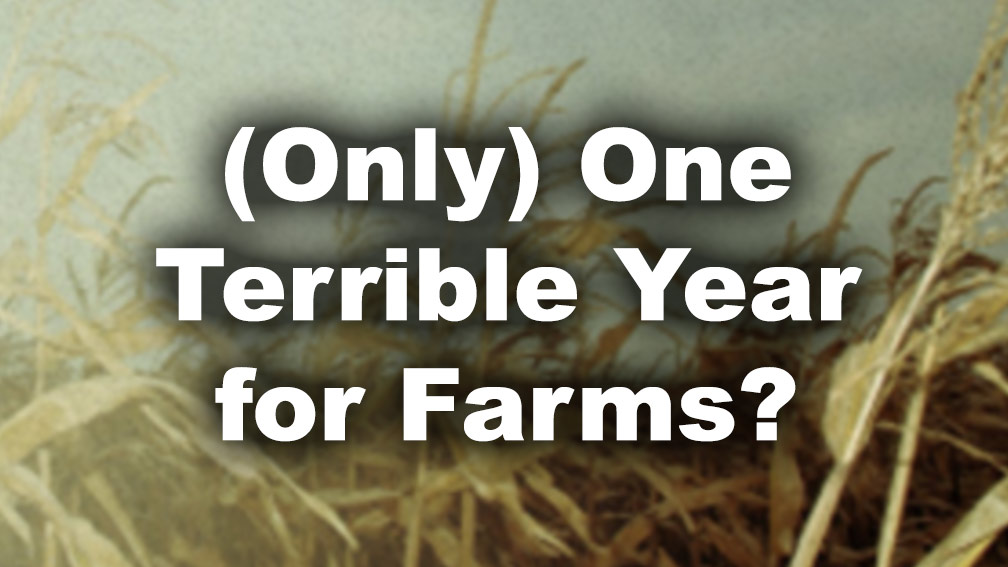(Only) One Terrible Year for Farms?

TL;DR
Despite agricultural SMBs facing increasing challenges, I’d rather pour a calculated amount of my support into local and long-term opportunities rather than ignore my conscience.
Not one bad year, but dozens at least, trail the current state of affairs in U.S. farming. I’m only just now catching up to how bad the economics and outlook of small and medium size agriculture businesses have been for a long time. Fifteen years of USDA census data shows clearly the gradual (33% YoY) divestment from small and medium size family farming businesses and the hyper-scaled (~300% YoY) investment in marcrofarms, businesses that make more than $2M per year.
These divestments include grants and subsidies on paper, but many things not readily extractible from public reports, such as:
- lack of protection for farm workers
- lack of appropriate living wage regulations
- attacks on immigrants, often those who work hard field jobs to survive
- greenwashing by corporate coallitions such as the SAI
- recent wholesale cancellation of agricultural support agencies and policies
On top of this already bleak long-term outlook, the short-term illegal imposition of tarrifs drives up input costs and reduces likelihood of exports. While you might think that tarrifs could make Americans want to buy from more American farms “down the road”, the fact is that the cost of producing local domestic products has always been higher and thus demand and supply lower overall. Consumers have gotten used to cheap and speedy delivery of commodities, and they treat looks-good food like a commodity instead of the nutrient-rich necessity that local farms have provided for hundreds of years. It’s sad that our agrerian history has been so reduced to become a commodity, but the average diner simply likes iceberg lettuce and ranch dressing more than bok choy and peanut butter…if they care at all about salad.
Defunding the USDA, federal grant programs, and local agriculture branch offices will force demand for assistance onto private grant institutions. Grants often come with specific criteria, conditions and additional activities required to manage and report results, further drawing attention of farms from producing what economically works best for their business to grant-satisfying time spend.
The worst of the economic impact will hit agricultural SMBs (small to medium size businesses) and those not already established and ‘hunkered down’ will likely disappear. This means back-forty farmers and family farms who own their land selling it off as retirement. Land leasers might see this as an opportunity to upsell the land, either to ‘big ag’ macrofarms or to other commercial uses such as offices, warehouses, distribution centers, or other non-agricultural developers. The most likely farms to survive are the ones with either ownership or owners who consider the farm an community investment and/or moral obligation.
For the SMB farms still around, they’ll need to adopt new strategies for planning, marketing, producing, and the labor to do these things. It’s unlikely we’ll see budgets for large improvements or new machinery without loans which will also be unlikely to be granted unless there’s demonstrable proof of payback means. It’s more likely that any surplus revenue will be banked for a rainy day, no pun intended, and times where there is key crop loss or unexpected machinery costs.
On the bright side, it’s easier now more than ever to access information and ideas about how to do these things. My hope going into the farm work is that, treating like a true internship, I can not only earn my own context and experience, but that through this I can help to identify areas of savings and opportuntiy for improvement in any SMB that I touch.